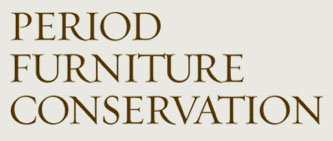In the Studio: Elizabeth Catlett
While I was teaching overseas on a Fulbright Award last October, my client, Kyra Hicks, informed me that a sculpture her family had owned (and that I knew well) - Elizabeth Catlett's "Seated Woman" - had set a new auction record for the artist.
I had treated that sculpture earlier in the year. Kyra is a granddaughter of the original owners, and the purchaser was the St. Louis Museum. This event and my experience treating the sculpture have prompted me to share some thoughts on collecting and living with works of art and the challenges conservators face in preserving these works for future generations.
Read More







